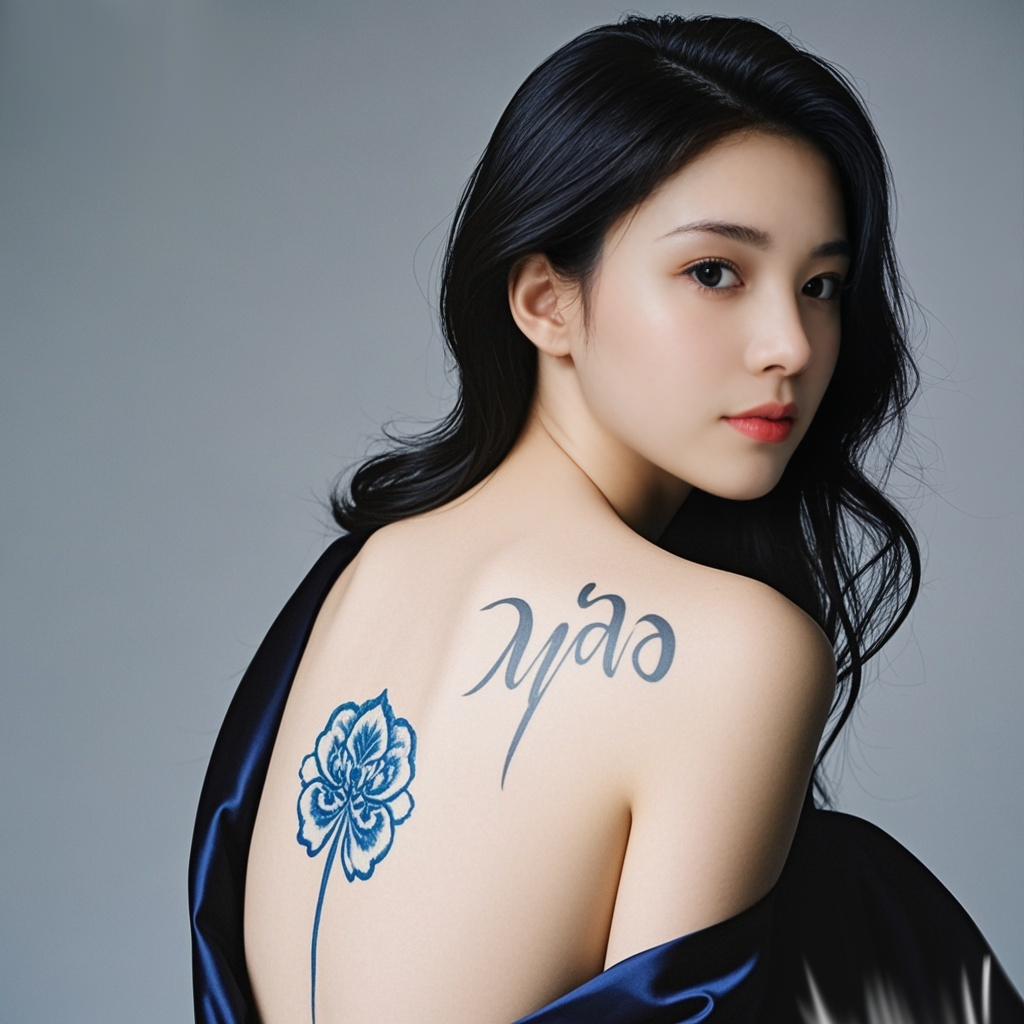 1. Direct Meaning and Breakdown of the Kanji "迭" (Tetsu)
1. Direct Meaning and Breakdown of the Kanji "迭" (Tetsu)
The kanji 迭 carries a meaning related to alternation, succession, and transfer.
Core Meaning: To alternate, to take turns; to transfer; to succeed.
Keyword: Sequential change or handing over.
Pronunciation:
テツ (Tetsu): The on'yomi (Sino-Japanese reading).
Etymological Breakdown:
The character 迭 is a phono-semantic compound, composed of two parts:
辶 (Shinnyō - "walk" or "move" radical): This radical indicates movement, progression, or a path. It gives the character its sense of motion and change.
失 (Shitsu): This character means "to lose," but in this context, it primarily serves a phonetic role, contributing the "tetsu" sound. However, one can interpret it conceptually as "losing" one state to gain another, reinforcing the idea of transition.
Combining these, 迭 creates the conceptual meaning of "moving from one state to the next," implying a sequence where one thing replaces another.
Common Usage in Japanese:
This kanji is used in formal and specific contexts:
更迭 (Kōtetsu): Change of personnel; reshuffle (e.g., in a government or company). This is the most common word featuring this kanji. It implies a replacement.
迭立 (Tetsuritsu): (Rare) Alternation, succession.
迭々 (Tetsutetsu): (Rare) Alternately, in succession.
2. "迭" as a Tattoo: Meanings and Interpretations
As a tattoo, "迭" is an abstract, intellectual, and modern choice. Its meaning is derived from the concept of cyclical change and transition, allowing for deep personal interpretation.
Positive and Profound Meanings:
Embracing the Cycles of Life: This is the most powerful interpretation. The tattoo can symbolize an understanding and acceptance of the natural cycles of gain and loss, beginnings and endings. It represents the philosophy that life is a constant process of one phase "succeeding" another, and that change is not only inevitable but necessary for growth.
Personal Reinvention and Growth: "迭" can represent the conscious act of "replacing" an old version of oneself with a new one. It can mark a significant personal transformation, a decision to leave behind old habits, and the start of a new chapter. It's a symbol of self-driven evolution.
The Flow and Relay of Legacy: Similar to "逓," it can symbolize the passing of the baton—be it in a family, a mentorship, or a creative tradition. It acknowledges that we are temporary holders of roles, knowledge, and love, which we will eventually pass on to the next in line.
Resilience and Adaptability: By acknowledging that all states are temporary, this tattoo can be a reminder of one's own resilience and ability to adapt to new circumstances. It signifies the strength to navigate the inevitable "reshuffles" of life.
Non-Attachment: Drawing from a more philosophical or spiritual perspective, it can represent the principle of non-attachment— understanding that clinging to any single moment, possession, or identity is futile because everything is in a state of flux and succession.
Potential Considerations:
Primary Association with Job Dismissal: The most common word, 更迭 (kōtetsu), often carries a negative connotation of being dismissed, ousted, or reshuffled out of a position. This is the biggest risk, as the character can be associated with forced change or failure.
Cultural Obscurity: The kanji is formal and not common in daily conversation. Its standalone meaning is not immediately poetic to most people. The wearer must be comfortable with the potential negative interpretation and be prepared to explain the intended positive, philosophical meaning.
3. Design and Styling Suggestions
To steer the interpretation towards the positive and philosophical, the design is crucial.
Calligraphy Style: A fluid, connected semi-cursive (行書 Gyōsho) style can visually represent the flow and continuity of change, making it look less harsh and more organic.
Incorporating Imagery: This is highly recommended to clarify the intended meaning.
A cycle or spiral integrating the kanji.
The phases of the moon, symbolizing natural, cyclical succession.
A stylized relay baton being passed.
A river flowing, representing constant change and movement.
Minimalist Style: A simple, clean design can represent the elegant, abstract concept of transition itself.
Placement: Its structure works well on the forearm, wrist, or ankle.
Summary
| Aspect | Explanation |
|---|---|
| Kanji | 迭 |
| Pronunciation | Tetsu |
| Core Meaning | To alternate, to succeed, to transfer. |
| Tattoo Meaning | Embracing Life's Cycles, Personal Reinvention, The Flow of Legacy, Resilience, Non-Attachment. |
| Suitability | A sophisticated and high-concept choice. It is ideal for a philosopher, a realist, or anyone who has undergone significant change and wishes to symbolize their acceptance of life's transient nature. The wearer must be aware of and comfortable with the potential negative association with job dismissal (更迭). |
Final Advice:
迭 is a "high-risk, high-reward" tattoo. Its philosophical meaning of embracing change is powerful and positive. However, its strong association with the word 更迭 (kōtetsu - dismissal/reshuffle) cannot be ignored.
If you are drawn to the concept of change and cycles but are concerned about the ambiguity of 迭, consider the kanji 変 (Hen - "change") or 巡 (Meguru - "to circulate"), which are more straightforward and carry fewer negative connotations. However, if you fully understand the risks and the nuanced, cyclical philosophy of 迭 resonates deeply with you, it can be a unique and meaningful mark.